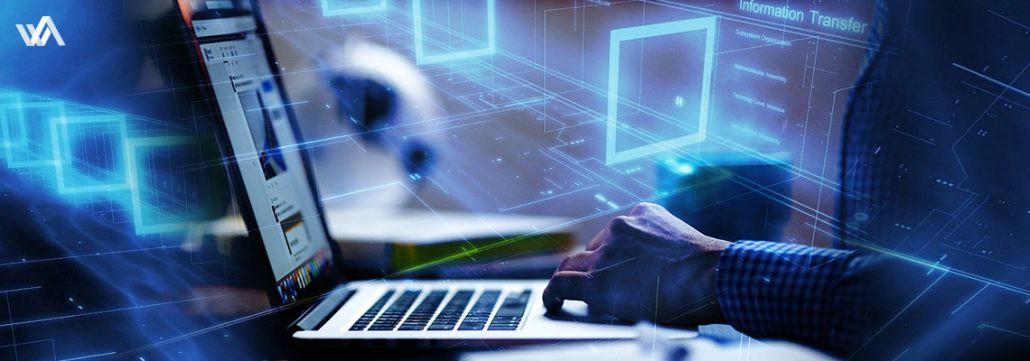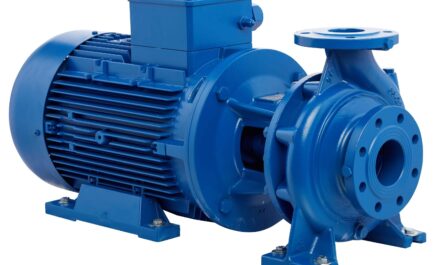With the advancement in digital technology, businesses are more reliant on IT systems and infrastructure than ever before. While this connectivity brings significant benefits, it also introduces complexity in managing these distributed IT assets. Remote infrastructure management provides a solution to this challenge by enabling oversight and support of systems from any location.
What is Remote Infrastructure Management?
Remote infrastructure management refers to the use of remote monitoring and management tools to oversee IT systems and infrastructure from a centralized location, often off-site. Through centralized platforms, IT teams can access various systems like servers, desktops, networking devices and more located anywhere in the world. This allows proactive management of issues before they impact users.
Key Benefits of Remote Infrastructure Management
Some key benefits businesses realize through Remote Infrastructure Management include:
Increased Uptime
Remotely monitoring systems helps identify issues early on before they escalate. IT teams can troubleshoot and fix problems from afar, minimizing downtime. Automated alerts notify administrators of failures so remediation can begin immediately. This results in higher availability and productivity for end users.
Reduced Costs
With remote management, businesses do not need physical presence at each location housing IT systems. They save on costs associated with travel for hands-on maintenance and support. Remote tools also enable centralized administration of all infrastructure from one location, reducing headcounts needed. Automation further drives down expenses through streamlined processes.
Enhanced Security
Centrally managing security settings and installing security updates remotely helps strengthen defenses across distributed environments. Remote monitoring surfaces vulnerabilities and anomalies early to prevent attacks. IT teams gain unified visibility and control over security posture of all connected devices from a single pane of glass.
Improved Inventory Management
Centralized platforms maintain a current inventory of all managed devices, software, licenses and more from any location. This provides asset visibility that aids in audits, compliance and optimization of existing resources. Remote tools also facilitate remote software distribution and configuration changes across fleets.
Continued productivity during disasters
In times of natural disasters or physical emergencies when on-site access is restricted, remote infrastructure management ensures business continuity through remote connectivity. Critical systems can still be supported, managed and patched to ensure minimal disruptions.
Key Components of Remote Infrastructure Management Solutions
To enable these benefits, modern remote infrastructure management solutions comprise several core capabilities:
Monitoring – Comprehensive monitoring of network traffic, server health, application performance, storage usage, firewalls and other systems through central dashboards. Automated alerts notify anomalies.
Configuration Management – Centrally configure, patch and update systems remotely through automated workflows. Remotely install and roll back changes when needed.
Asset Management – Discover and track all managed devices, software, licenses from a single source of truth. Gain full asset inventory across environments.
Control & Automation – Automate routine tasks through centralized automation tools to standardize processes. Remotely reboot, power on/off devices, run scripts and more with one click.
Remote Access – Secure remote desktop, server and device access from anywhere enables remote troubleshooting and remediation.
Reporting – Detailed reports on outages, resource usage, security events, configuration changes provide actionable insights.
Integrations – Ability to integrate with other IT tools like helpdesk, monitoring for unified visibility and cross-functional workflows.
Remote infrastructure management solutions are scalable to support small to very large and globally dispersed IT environments on-premises as well as cloud-based. Vendors offer these as SaaS-based or self-hosted options depending on needs.
Emerging Technological Trends in Remote Infrastructure Management
Within remote infrastructure management, few emerging trends are:
Predictive Analytics – Using AI and machine learning, solutions now analyze patterns in infrastructure telemetry to predict failures before they occur. This drives even higher availability through proactive remediation.
Edge Computing Support – Solutions are increasingly supporting management of edge infrastructure like remote branch offices, IoT devices and edge servers located at customer sites.
Cloud Management – Vendors integrate remote tools with public cloud consoles for comprehensive visibility and control spanning on-premises, hybrid and multicloud deployments within single pane of glass.
Immersive Experiences – AR/VR technologies enable remote hands-on experiences to support systems. Technicians can ‘virtually’ be on-site for interactive troubleshooting, instead of physical visits.
In today’s digital era, businesses require always-on mobility, flexibility andoptimized operations. Remote infrastructure management addresses these needs by enabling unified oversight and streamlined support of distributed IT systems from any location through automated tools. By harnessing this technology, organizations can strengthen security posture, drive operational efficiencies and deliver superior end-user experiences even during uncertain times. As technologies progress further, remote management will become even more powerful.
*Note:
1. Source: Coherent Market Insights, Public sources, Desk research
2. We have leveraged AI tools to mine information and compile it



